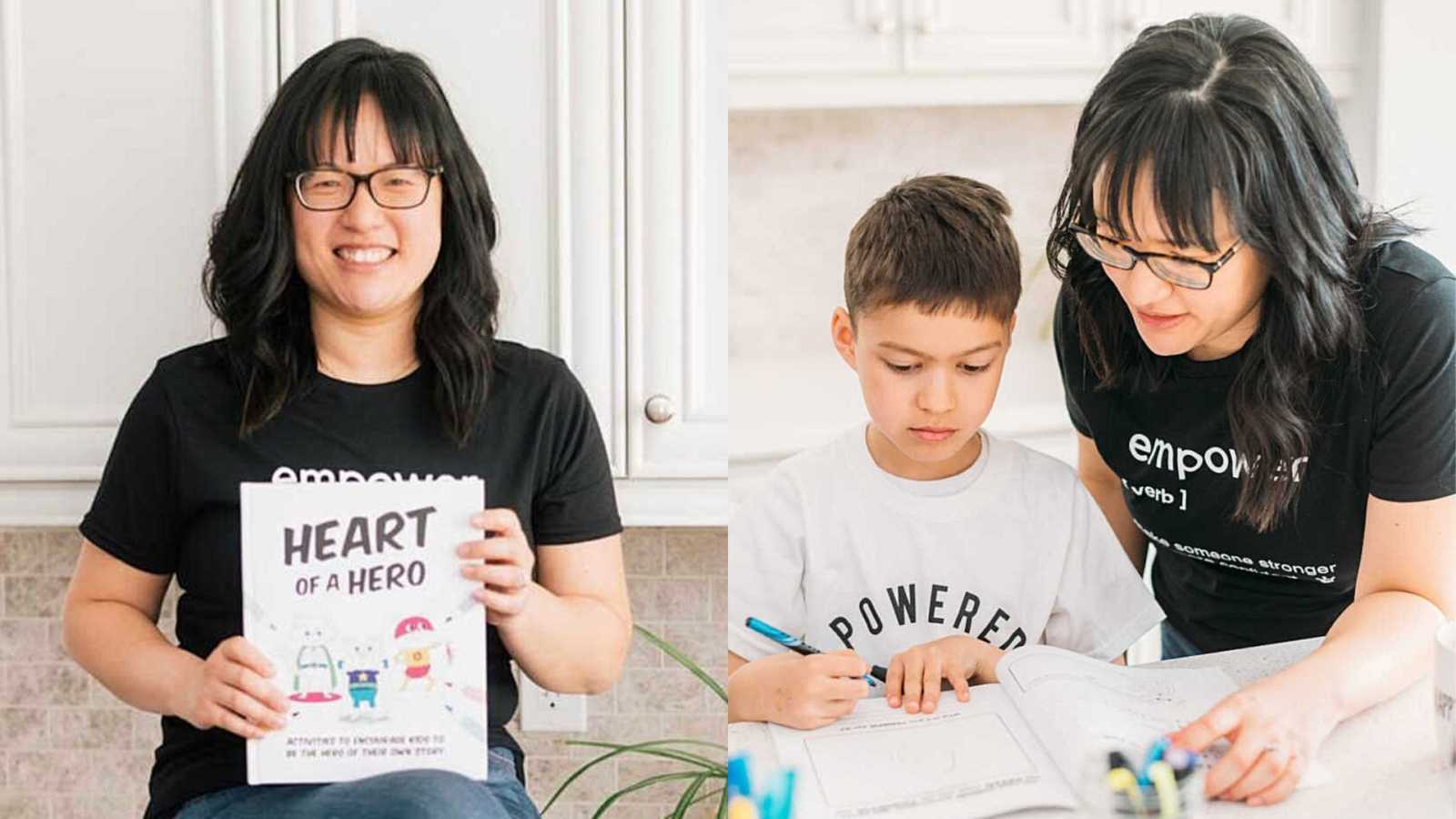“All throughout school, I was always driven by achievement. I worked really hard, prided myself on my accomplishments, and was a bit of a perfectionist. The shadow side of this is feeling like if you’re not going to do things perfectly, then maybe you shouldn’t do them at all. This is how we hold ourselves back.
So, after leaving my corporate job where I invested twelve years of my adult life, I felt lost. I had spent so much of my adult life working 60-70 hours a week, working hard for job promotions and titles, and even planning my wedding around my work schedule. It felt like a failure, even though I knew I was leaving for my own sake and for my family’s sake. The constant demands of my job weren’t allowing me to be the type of present, hands-on parent I wanted to be. I wanted to be the one who was there at school pick-up, making after-school snacks, and putting them to bed.
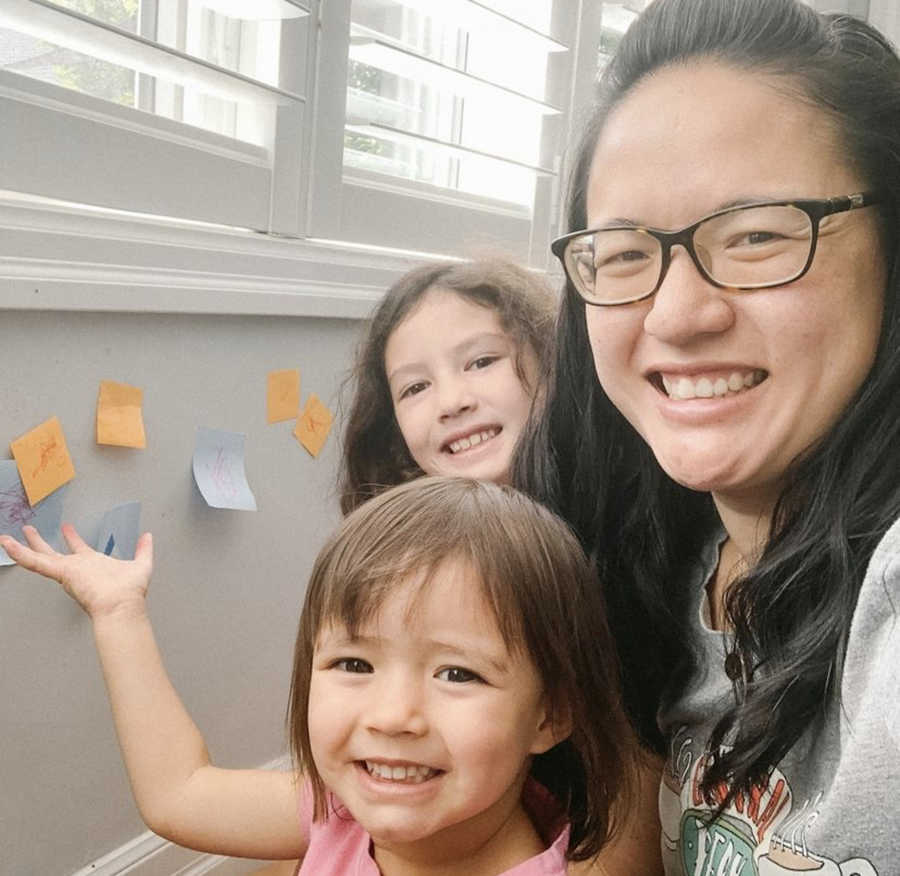
I didn’t want to spend their childhood commuting 1.5 hours to work each day, only to pick them up late, rush for dinner, and get them to sleep. I recognize the privilege in even being able to make the choice to leave my job. And it’s definitely not the right choice for everyone. There were some things that took me by surprise when I left the corporate world to become a stay-at-home mom—the most important realization was I didn’t want to be a stay-at-home mom.
The thing no one tells you about being a stay-at-home mom is that to the outside world and society at large, it’s almost like you cease to exist at all. No one talks to you about your own interests anymore. All conversations start to revolve around your kids, and very few people ask you about YOU. It’s a hard gig, with constant demands on your time, energy, and attention. It’s 24/7, and the cycle of things to do never seems to end—make breakfast, feed kids, clean up the kitchen, make snacks, clean up the crumbs, make lunch, feed kids, clean up the kitchen, laundry, clean up toys, prep dinner, feed kids, bath and bedtime, clean up kitchen, collapse on couch, and repeat.

For a list-making, productivity junkie like myself, it was a hard pace to adjust to. It was constant movement and activity, but very little accomplishment at the end of the day. I felt like I had expended all my energy, but had very little to show for it. Of course, I love my kids—every parent does. (Side note—I wish we as a society would stop telling parents to ‘enjoy every moment,’ because some moments are hard, and just because we’re not enjoying the tantrum doesn’t mean we don’t love our kids.)
Anyway, back to feeling completely drained and unproductive. It was a feeling I was not expecting, and one I really struggled with for years, and continue to struggle with. It has taken me time to realize and accept I have ideas and thoughts swirling in my brain, and when I don’t have a chance to work on my ideas and process my thoughts, I become frustrated and resentful. It also took me time to find a release for that creative energy. For some people, maybe it’s painting, drawing, writing, or baking. For me, I took all my ideas and lessons I was learning and started creating a gratitude and growth mindset journal for kids.
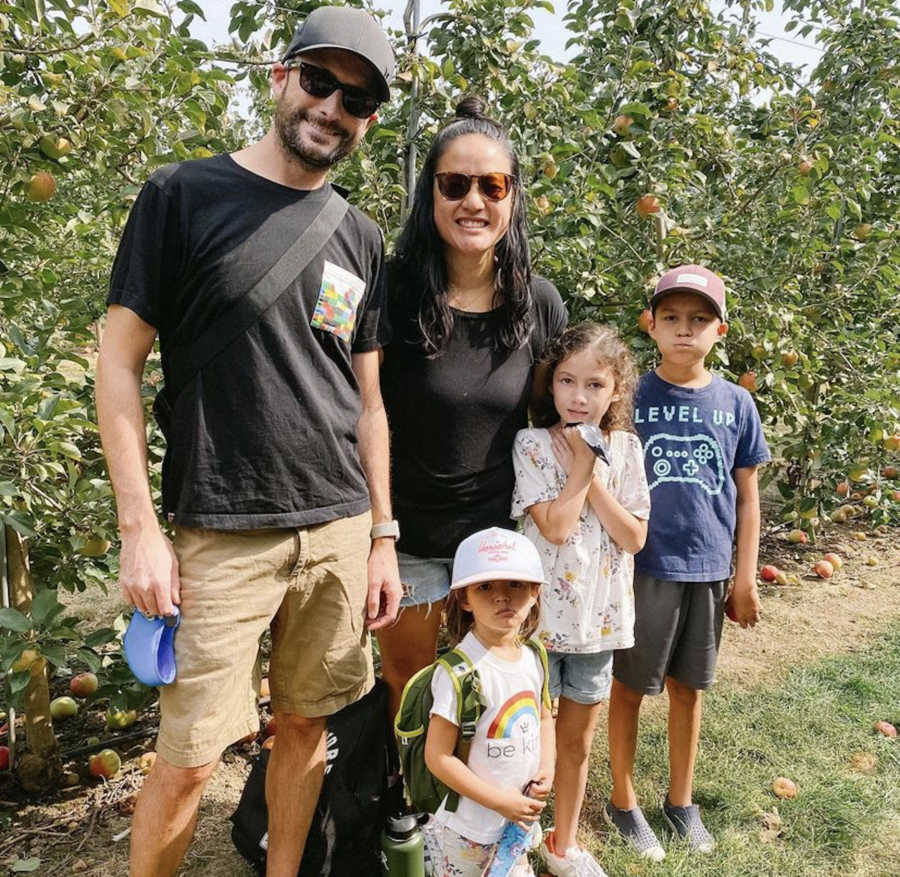
My feelings of loneliness in motherhood led me to creating a practice of gratitude for myself to help keep me grounded, centered, and positive. The sense of frustration led me to look deeper and realize I still very much wanted to work, I just wanted to be the one in control of my time. Going into entrepreneurship turned out to be the answer for me. It allowed me to write, gave me an avenue to give back to causes I believe in, and a project to create I knew would help my kids and other kids.
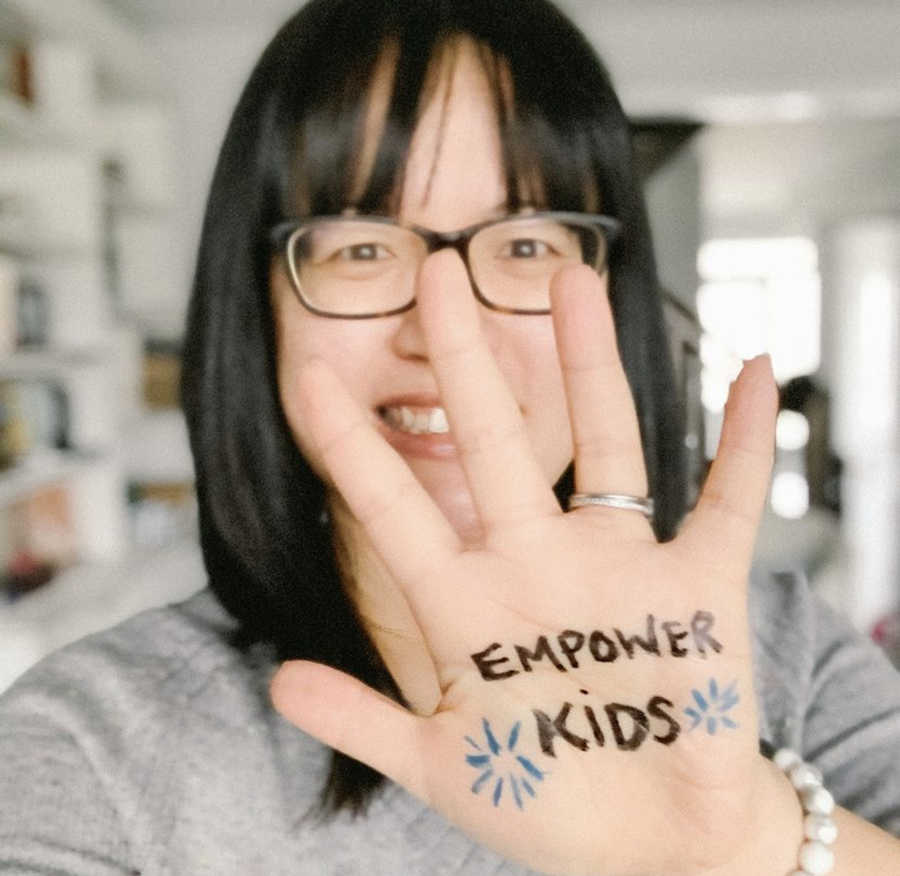
As I worked through these things in my own life, practicing gratitude and cultivating a growth mindset were pivotal for me in my journey. The gratitude practice kept me positive and appreciative for all the good things in my life. The growth mindset helped to keep me moving forward, one small step at a time, even when things were not perfect. I realized these tools made me more resilient and stronger after a few years of practice.
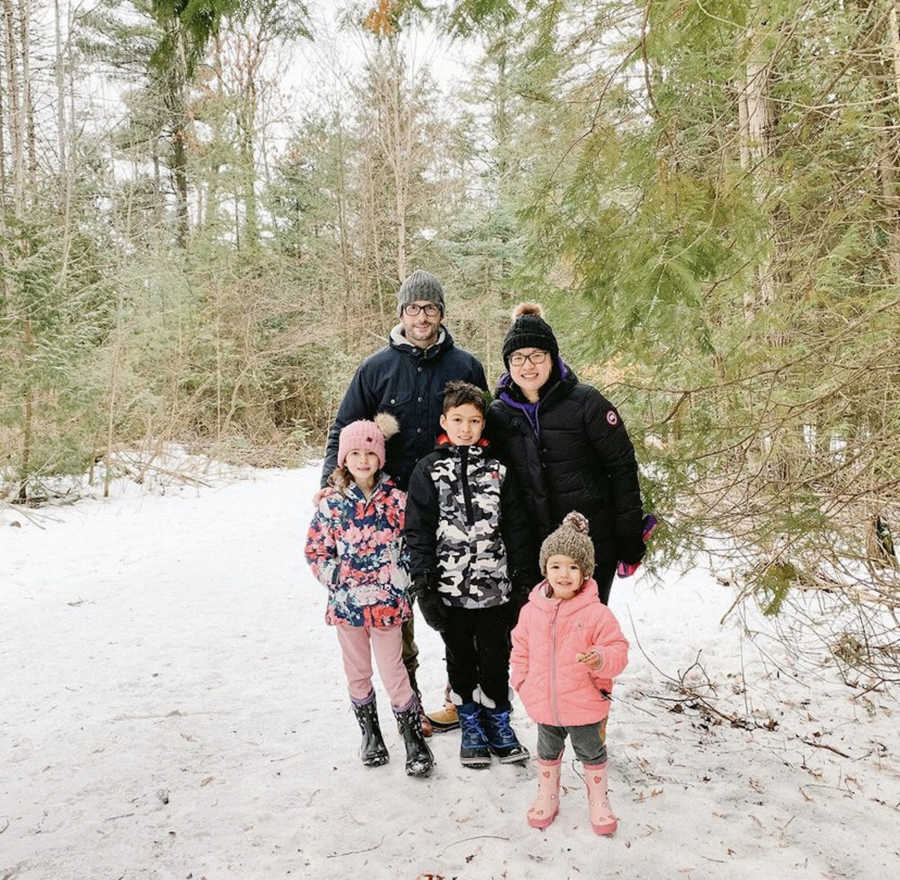
I also realized if our kids were taught this from a young age, they wouldn’t have to spend four years struggling with frustration or questioning their own abilities. They would know mistakes are part of learning, and even when things are hard, there is still a lot of good. I wanted to give kids the kinds of tools I had been learning—mindfulness, growth mindset, and gratitude, in a way that was fun and easily accessible for them to learn and practice.
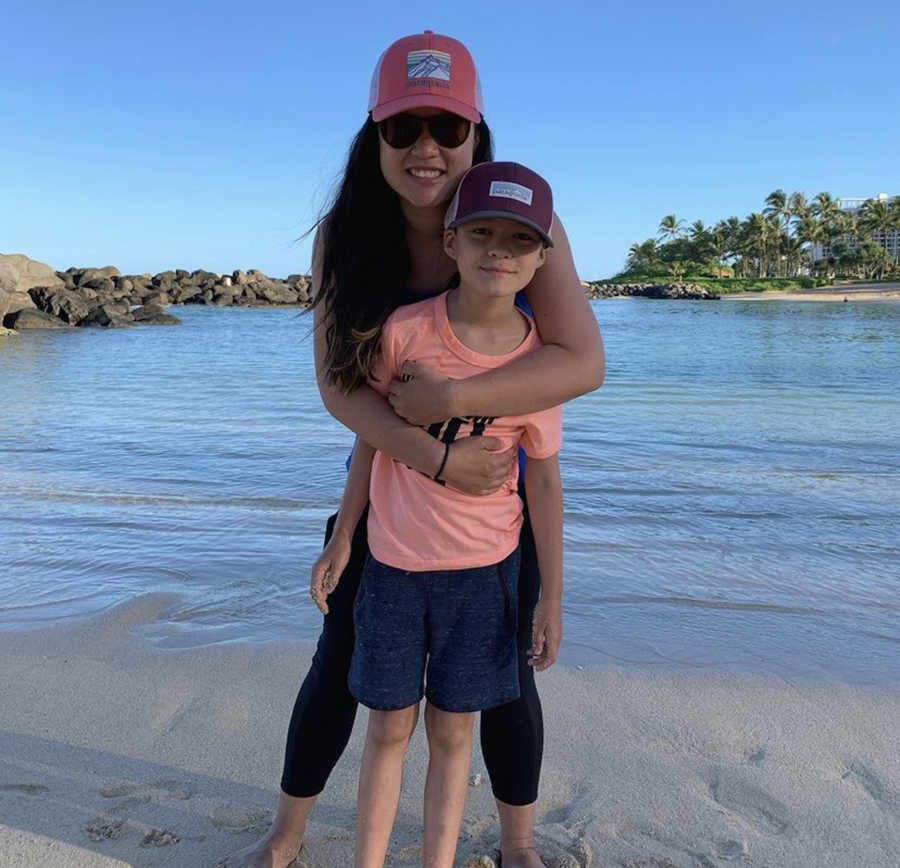
I worked with an amazing graphic designer, who also had a background in early childhood education, to design the activities, and we tested them with friends and family. I spent a lot of time on Google, learning about print production on the fly. I remember we had our first meeting at a kid’s play cafe in Toronto, with two toddlers strapped into high chairs while we discussed ideas for taking these big concepts and making them fun for little ones.
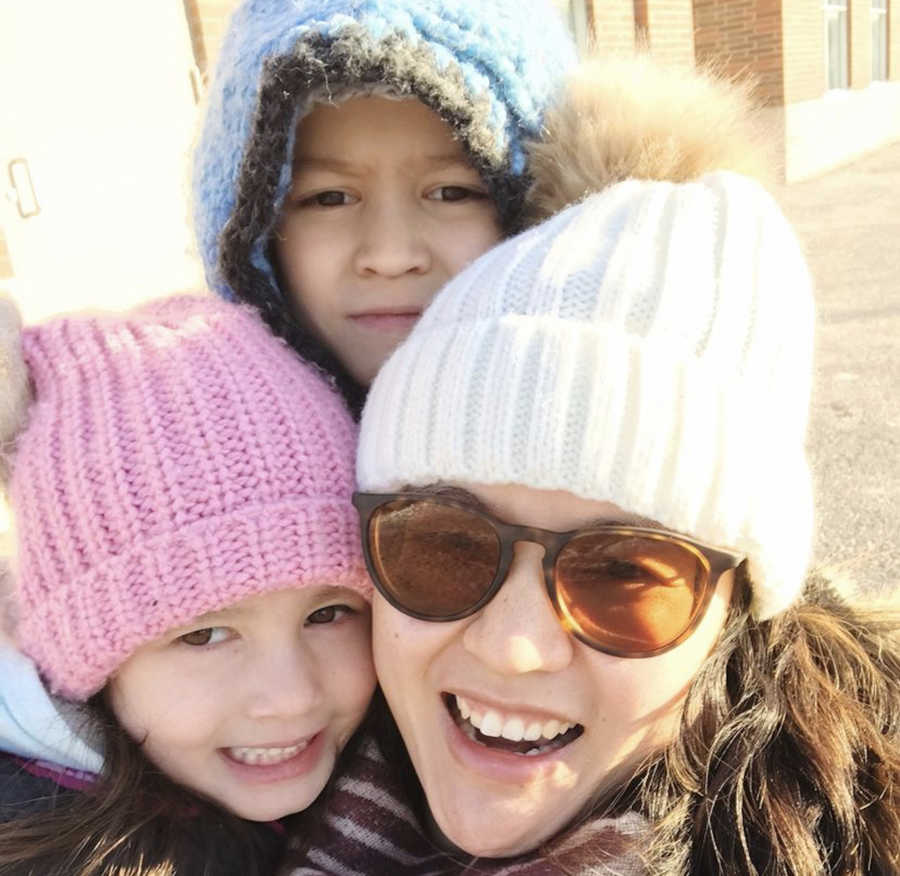
Fast forward almost two years through a lot of iterations and self-doubt, and I was finally ready to hit send on an email confirming my first print order. It was February 2020, and it happened to be PA day, and my older two kids were home from school. I gave them a snack while I reviewed one last proof, took a deep breath, and hit send. I remember feeling a bit like I was going to throw up. I was so nervous, I had to immediately close my computer and walk away to take the kids to a friend’s house for a playdate.
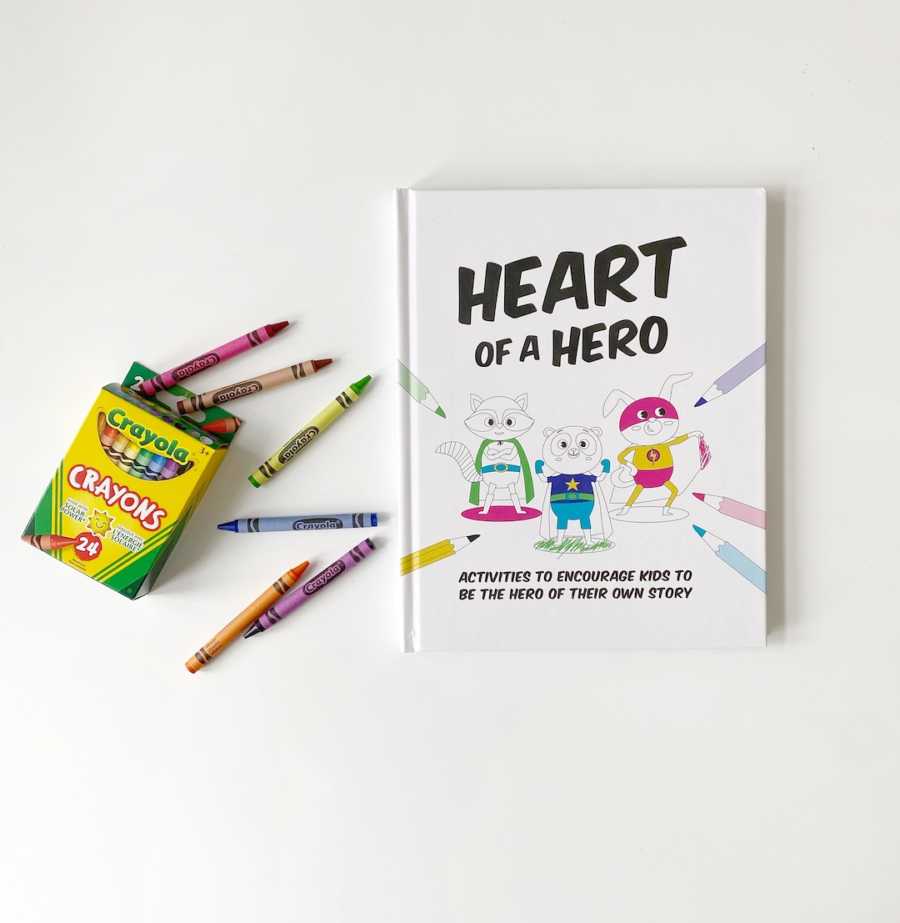
This turned out to be the last normal playdate we would have with our group of friends for a while. By March, the coronavirus pandemic would lead to schools being closed for the rest of the school year. My first print run of journals would arrive, and all my plans of how a product *should* be launched were thrown out the window, now that I was homeschooling two kids unexpectedly while taking care of a preschooler.
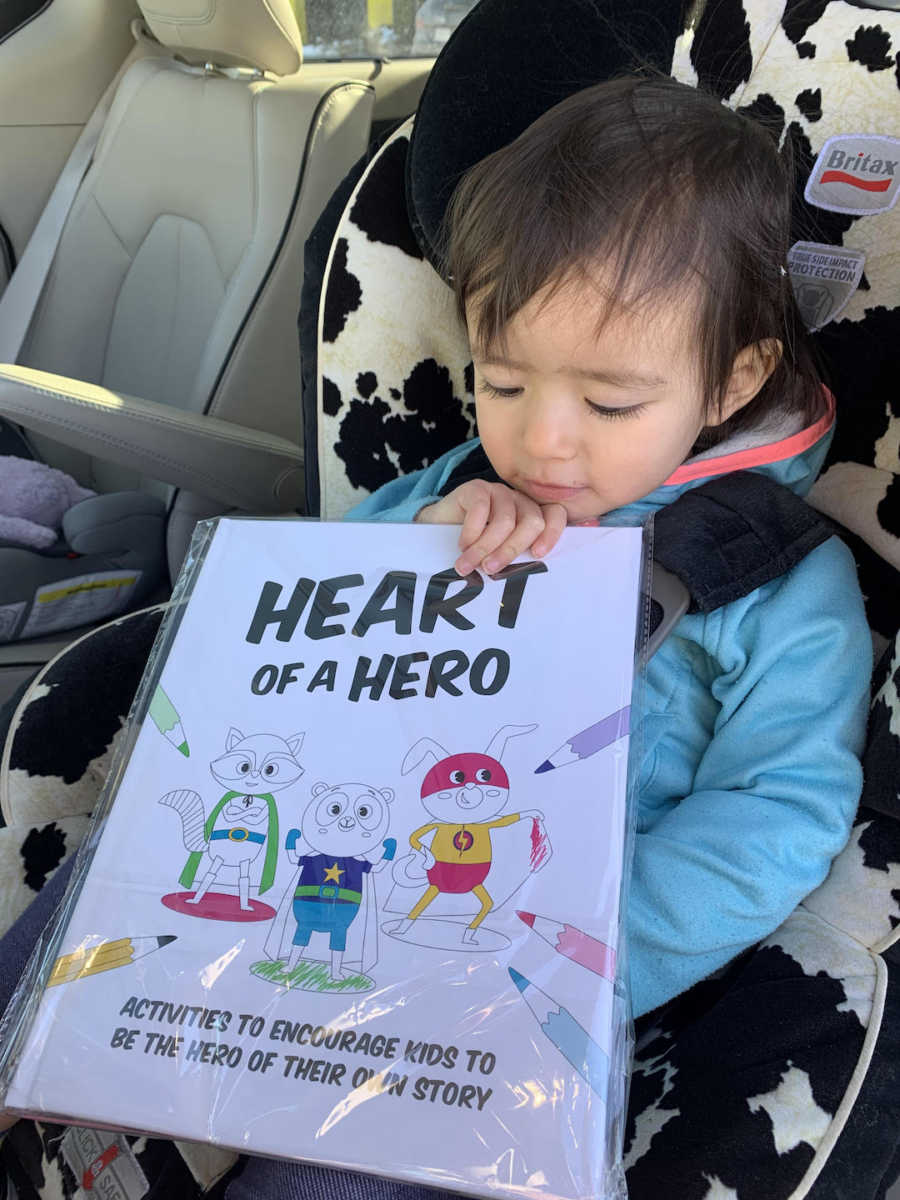
It was definitely not the way I would have planned it, but no part of 2020 was the way anyone would have planned. What didn’t change was how valuable this tool would be to kiddos. In a time when their routines are totally disrupted, and they are understandably feeling socially isolated, our kids need these tools to help build resilience and positivity more than ever.
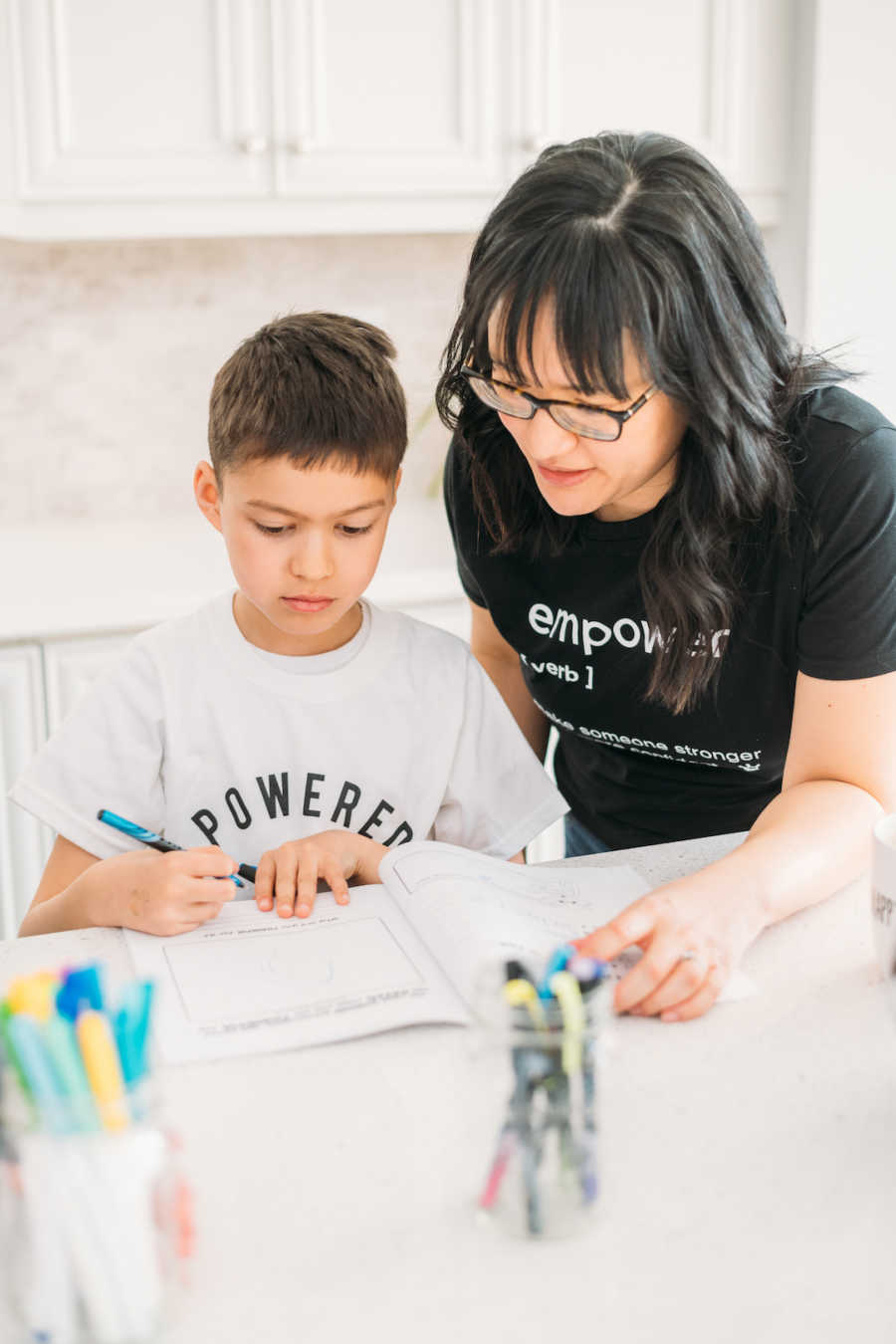
I’ve heard from families from all over Canada and the U.S, that the journal came into their family life at a really good time. The pandemic has caused us all to slow down and sit at home. We can complain about it, or we can shift our mindset and get curious about what we can learn from this time. Maybe it’s our time to learn to be grateful for what we have. Maybe now we can learn when things aren’t going right, it is pointing us to what we can learn and improve for next time.
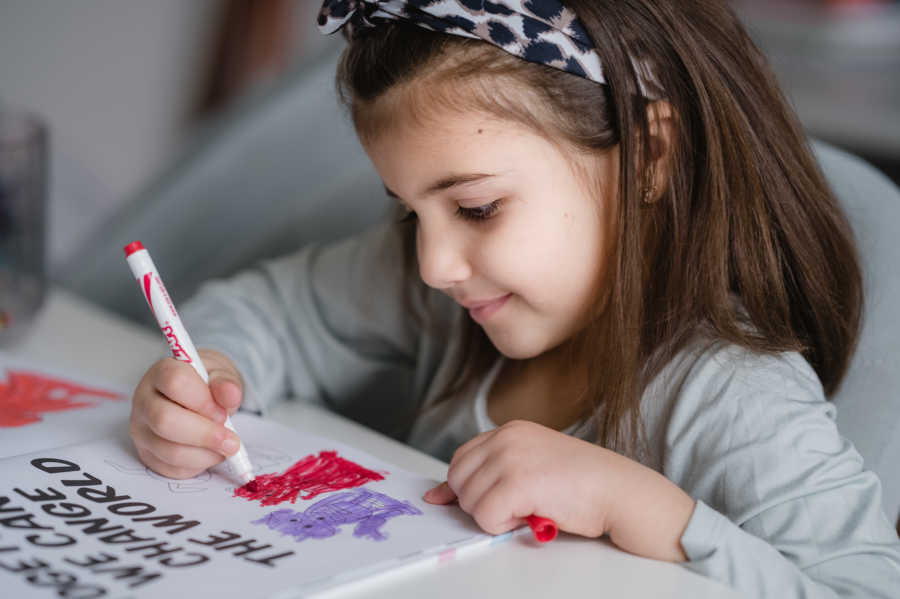
My mission has now become so much bigger than just my own goals. Spark Journals exists to empower kids to make a positive impact. When someone purchases a journal we do a happy dance, and we donate a portion of our proceeds to feed a child in need so each journal purchase helps the recipient and another child.
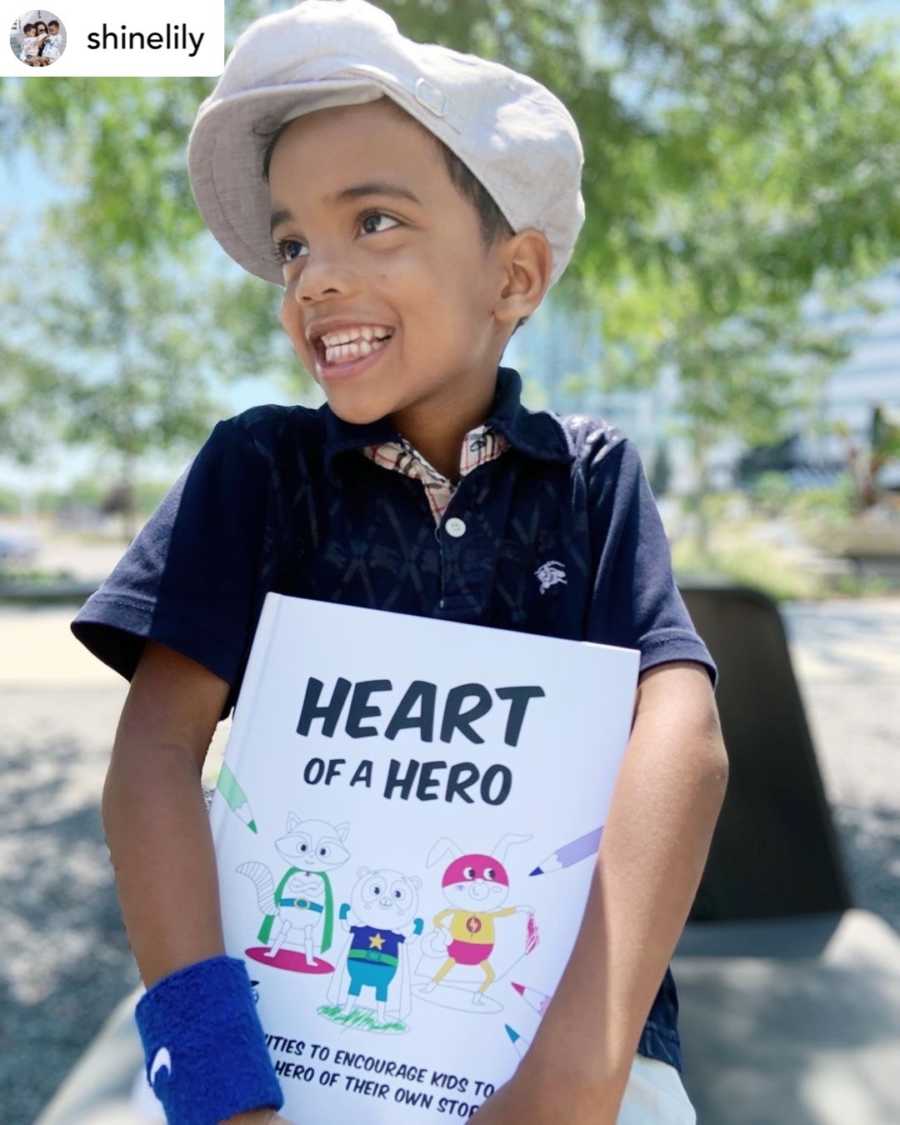
Families have told me how writing in their journals has become a special weekly ritual for their kids. Kids have mentioned they like the chance to be creative and express themselves. Moms have reached out to say it was a great starting point for a wonderful conversation and connection with their kids.
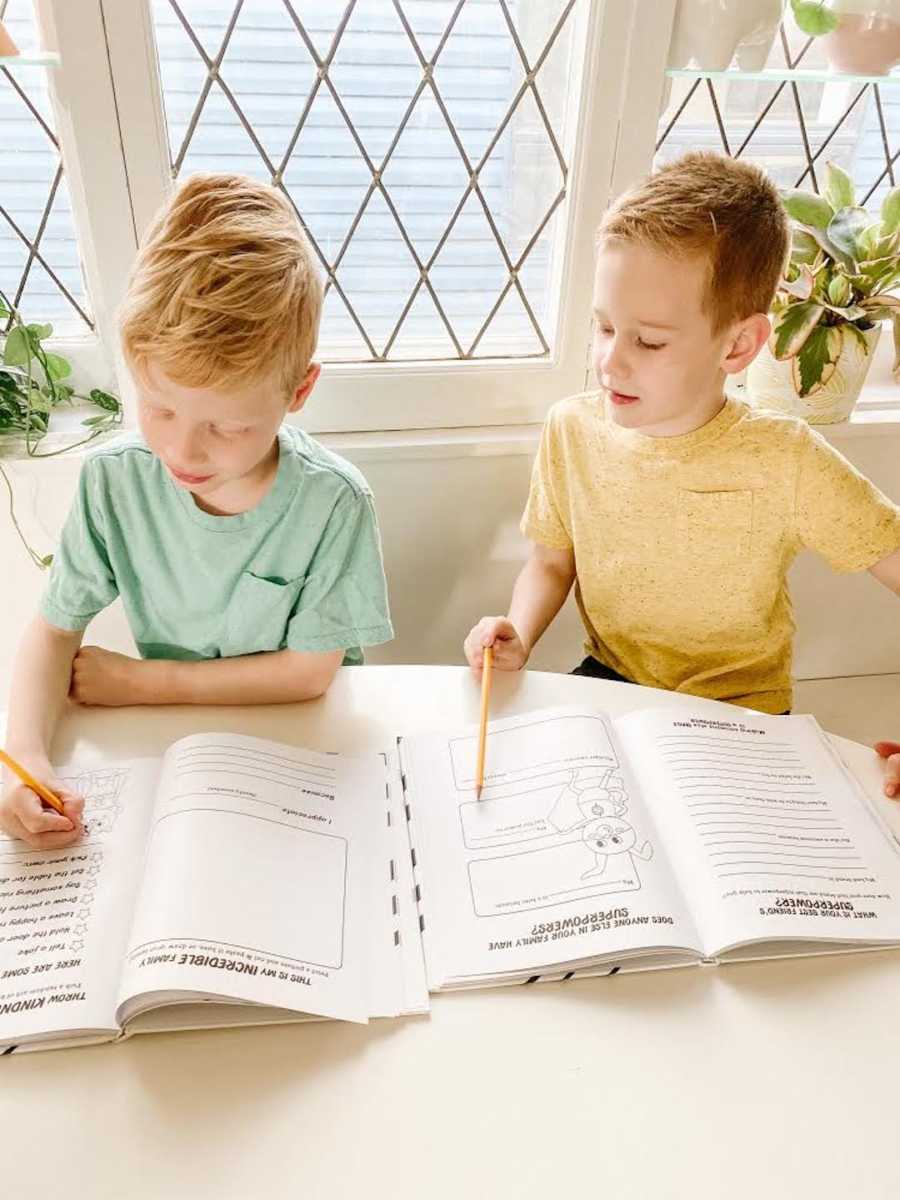
All of this feedback makes me so glad I didn’t let my own self-doubt hold me back from just trying something new, even though I had never done anything like this before. I want kids to know they have so much to offer, and I truly hope the tools taught in the journal will empower them to pursue whatever their dream is.”
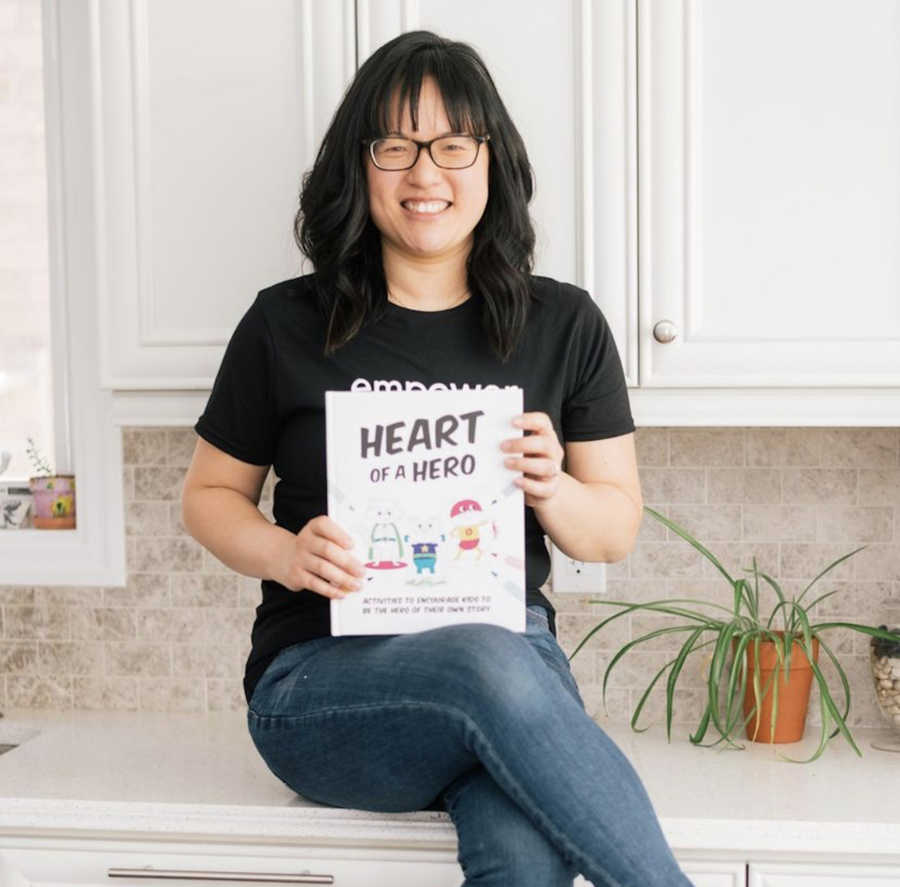
This story was submitted to Love What Matters by Jenn Wu, founder of Spark Journals, of Toronto, Canada. You can follow her journey on Instagram, Facebook, and her website. Submit your own story here, and be sure to subscribe to our free email newsletter for our best stories, and YouTube for our best videos.
Read more stories like this:
Do you know someone who could benefit from this story? Please SHARE this story on Facebook.

